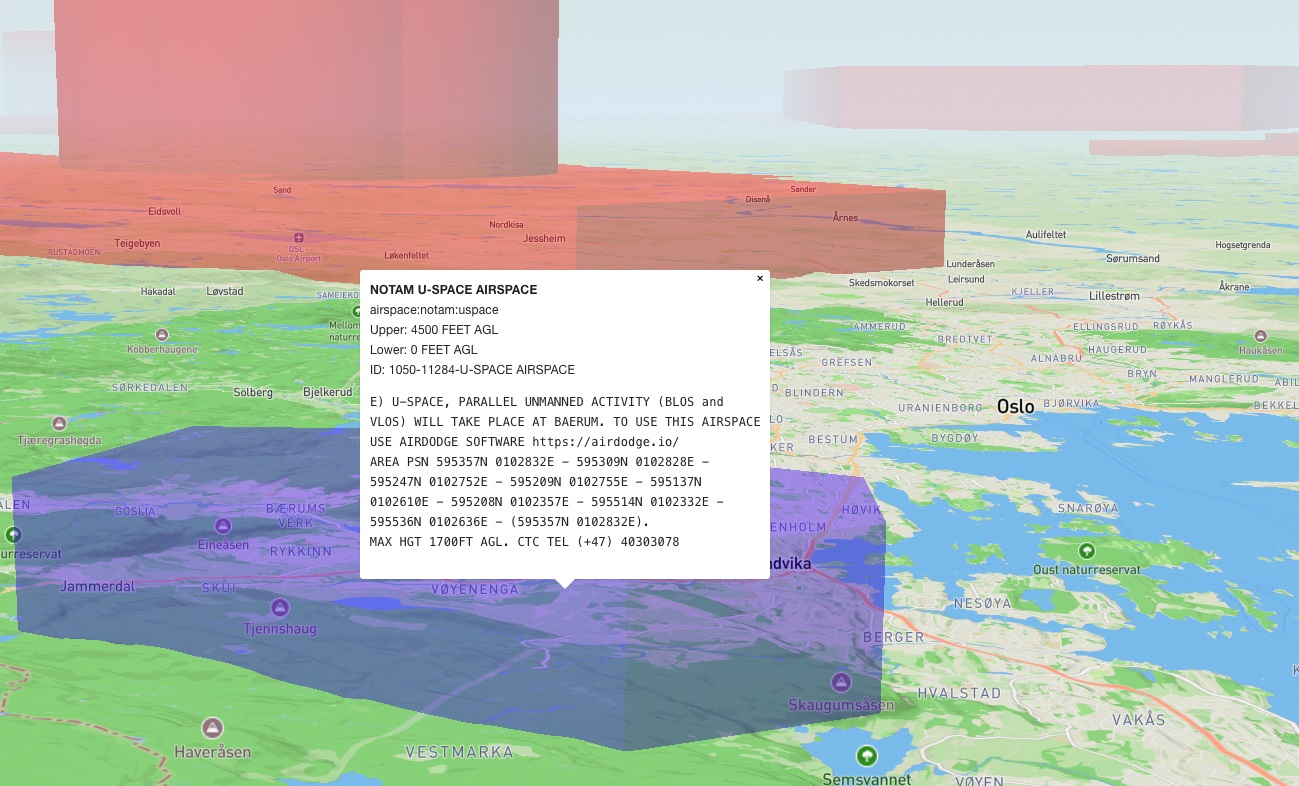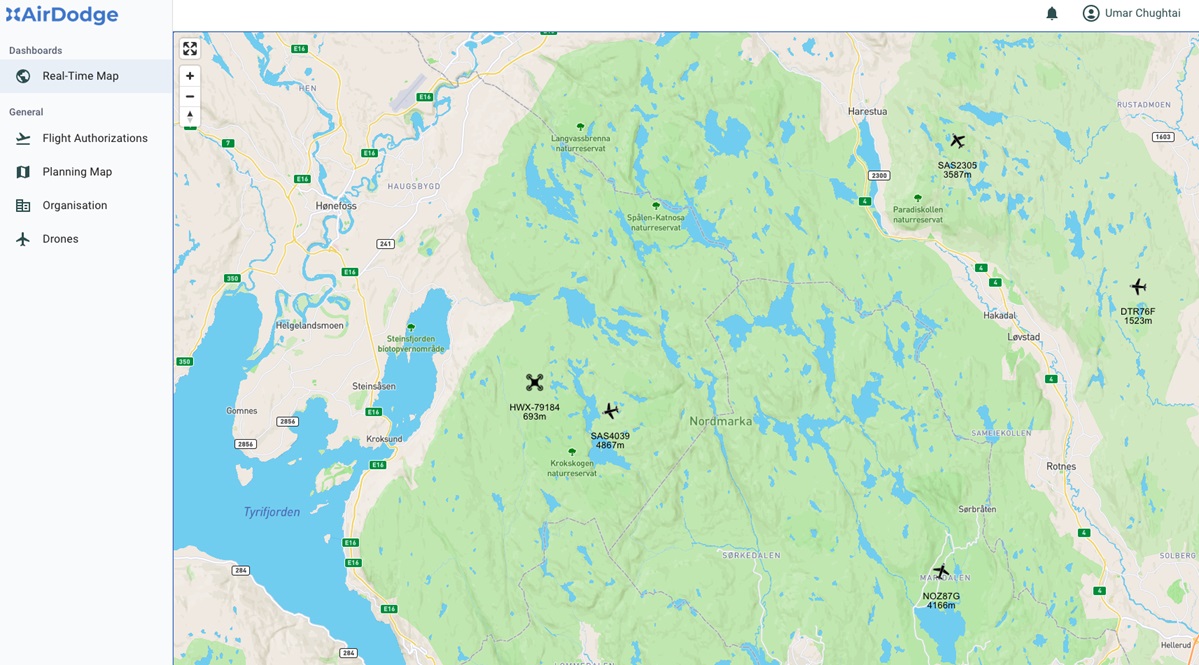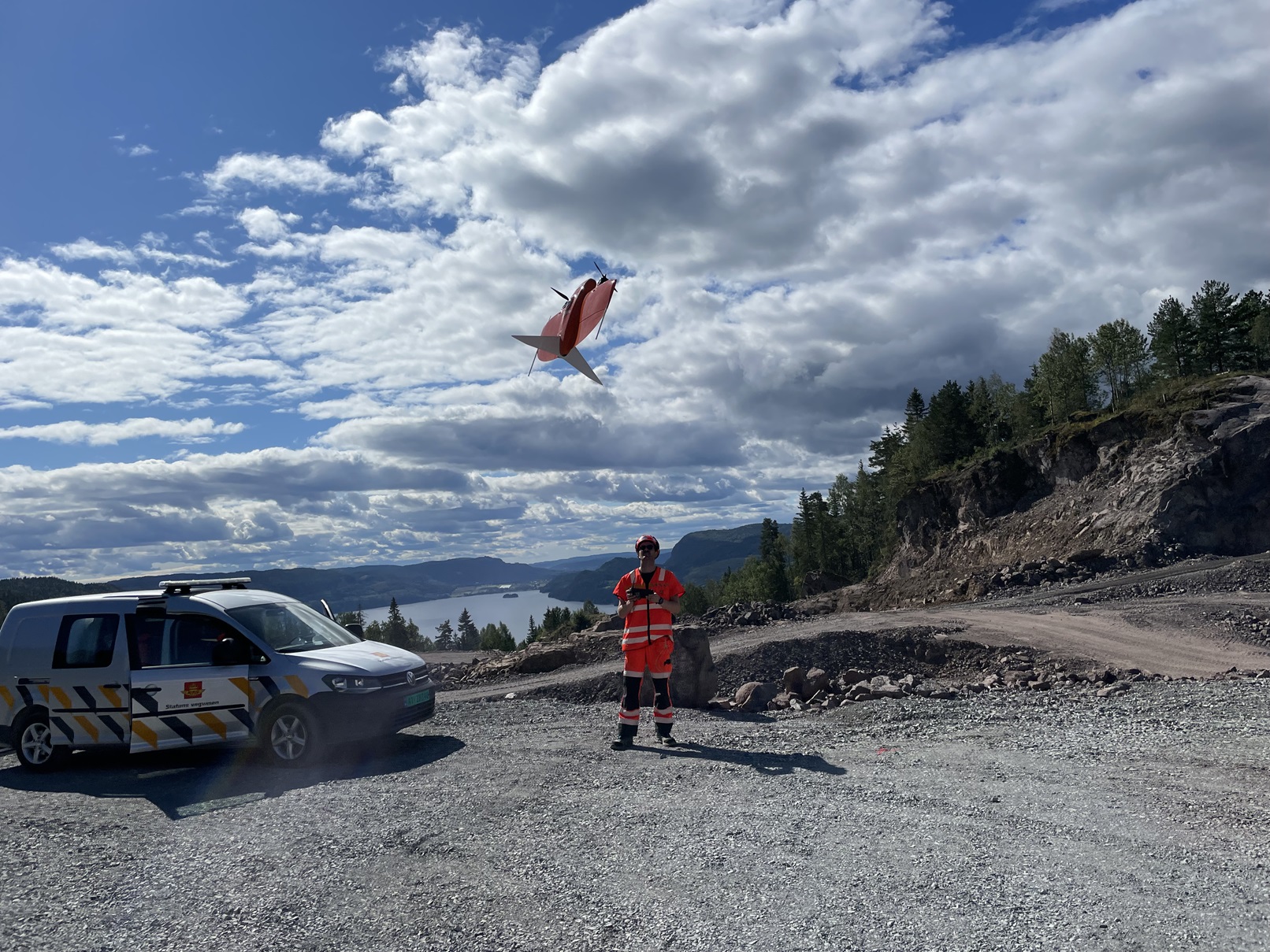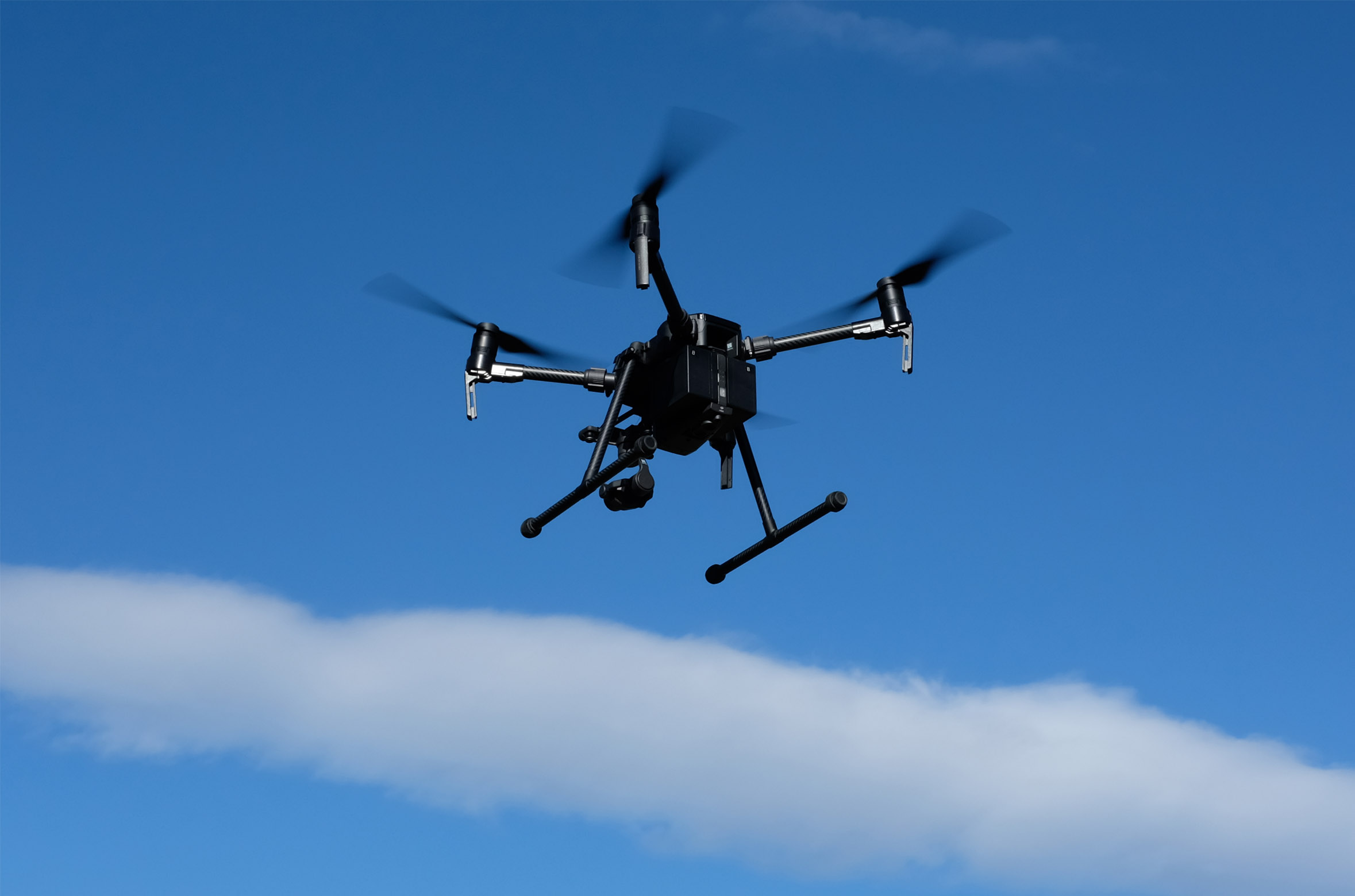
An In-Depth Interview with Umar Chughtai CEO of AirDodge, the first U-space service provider in the Nordics.
The airspace above us is changing, with an increasing number of drone operations and growing air traffic. The need for better coordination is crucial, and U-space is becoming an important solution for safe and efficient airspace management. With that in mind, we have interviewed Umar Chughtai from AirDodge, about how U-space and their software will shape the future of airspace.
Why Do We Need U-space?
In the current system, drone operators reserve a given airspace for a specific period of time when setting up an operational volume, Umar points out. This can lead to serious problems, he continues, especially in emergencies. We’ve seen more than one example of this, e.g. in a tragic incident in Sweden, where an ambulance helicopter was denied access to a certain area, as it had been reserved for a drone delivery. The helicopter couldn’t reach the patient in time, and he suffered a fatal heart attack. Similar situations could arise for police and fire departments, making it critical to organize the airspace better.
"We are witnessing a revolution in the skies, and we must ensure it happens safely.”
What is U-space?
U-space is about structuring the airspace in a way that allows all operators to fly safely together. In U-space, all participants must share their position, including manned aircraft, large and small drone operators, and private individuals. Today, for instance, paragliders are not required to submit flight plans, even though they share airspace with drones. This is likely to change with U-space.
The U-space zones can be established for areas with particularly high activity in the airspace, such as around airports, ports or city centers. By 2026, the first certified U-space areas in Norway are expected to be established, and Air Dodge aims to be a key provider. Along with different partners, the company is already in the process of establishing U-space test areas known as “Sandboxes”.
“2025 will be a crucial learning curve for both authorities and operators.”
The Four Main Components of U-space
To make airspace safer, U-space is built on four key functions:
- Drone Identification: All drones flying in U-Space must share their position, speed, and altitude, ensuring real-time air traffic awareness.
- Real-Time Air Traffic Information: Information about aircraft, helicopters, drones, and paragliders is collected into one single system.
- Geofencing: U-space will always have updated maps of restricted areas such as military bases, prisons, airports, and nature reserves. Some zones may be temporary, such as during military exercises.
- Flight Authorization: Currently, obtaining approval for drone operations in certain areas can take months. With U-space, this process will be automated, enabling instant approvals and preventing airspace conflicts.
Test Zones and the Future of U-space
Before full-scale implementation, U-space will be tested in controlled environments called "Sandboxes." In 2025, AirDodge is involved in setting up two such test zones, in:
- Bærum: An ideal test area for drone operations, as it is close to Oslo but not within the city center.
- Røros Airport: Home to a variety of operators, including commercial drone deliveries, military aircraft, helicopters, and paragliders. Partners include SINTEF, Aviant, and they plan to work with the Civil Aviation Authority to get this established.
How Will AirDodge's Software Work?
The software will show the activity of manned and unmanned aircrafts in U-space areas, with their exact position. More than one operator can fly in the same airspace at the same time, if they’re not in danger of colliding, and operations can be granted immediately.
One of the key features in the software is drone activity identification, set to launch early this year, Umar says. The software will also enable drone operators to communicate directly with each other and with AirDodge about potential issues, making airspace more predictable and safer. The software is currently in the demonstration phase and has been tested on DJI drones.

AirDodge wish to ensure a cost-effective solution for both frequent and occasional users, Umar ensures us. Flexible pricing models will be developed, either through a subscription per drone or per flight.
Workshop and Webinar
To educate stakeholders about U-space and demonstrate how the system works, we are planning a webinar on March 13th from 09:00 to 10:00, featuring presentations and a panel discussion with AirDodge, Aviant, and Norce. The goal is to provide insight into how U-space will be implemented in Norway, and what it means for drone operators and authorities. The event will also feature a demonstration of AirDodge's software and a discussion on supported hardware. The event is free to attend.
Don't miss this opportunity to learn more about U-space and its impact. Secure your spot now by signing up via the link!
"This is the future of airspace, and we are ready to lead the way," concludes Umar Chughtai.
"The time is now."
AirDodge is a Norwegian company based in Oslo. It is led and managed by the founding team Umar Chughtai (CEO) and Serhii Mykytko (CTO). Umar has a background in drones and machine learning and his previous startup in Sweden was a drone-based powerline inspection company. Serhii has a strong software development background. Originally from Ukraine, Serhii has developed software for 15 years and has significant experience in IoT architectures, and is now developing the AirDodge software.



